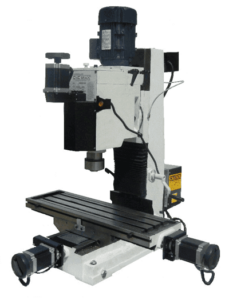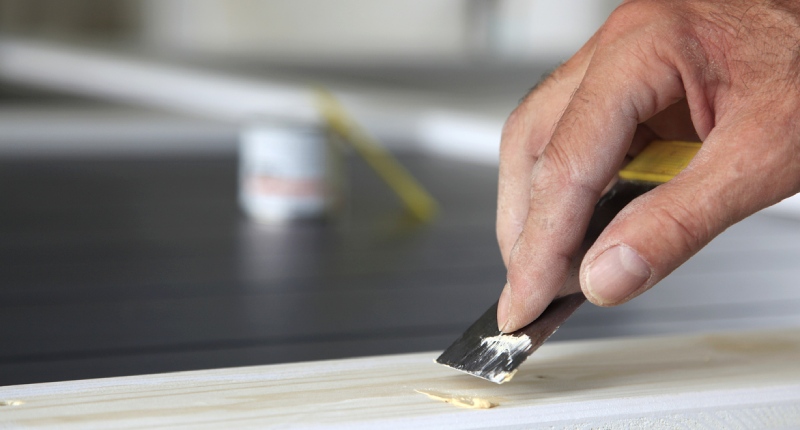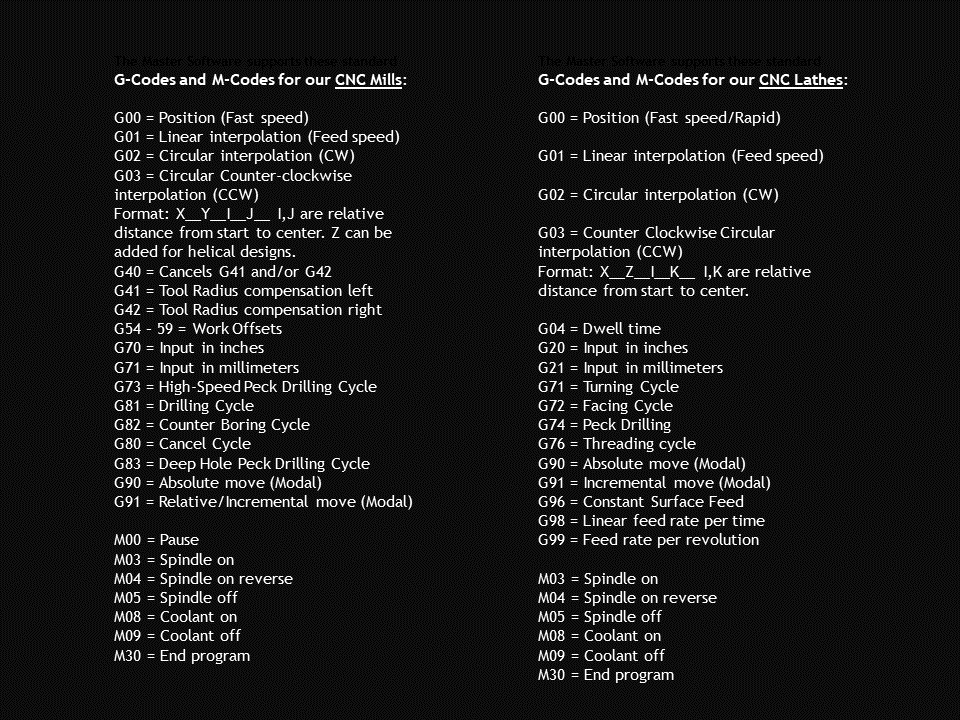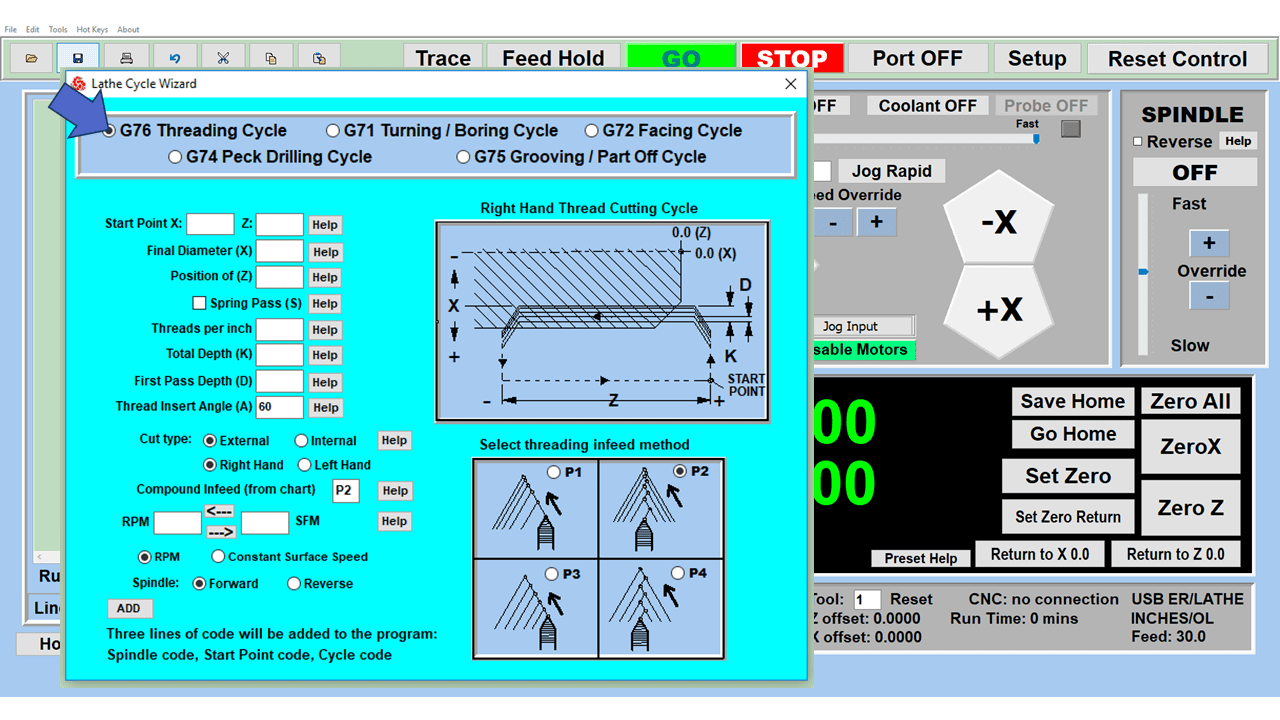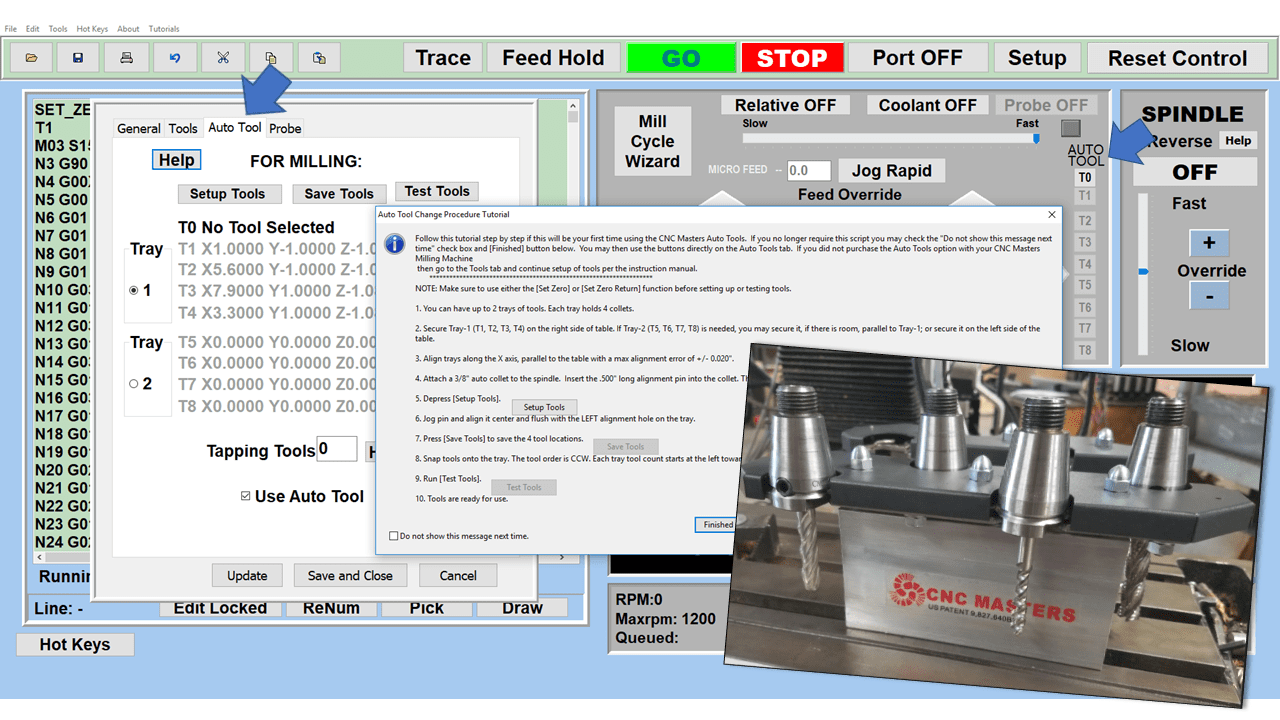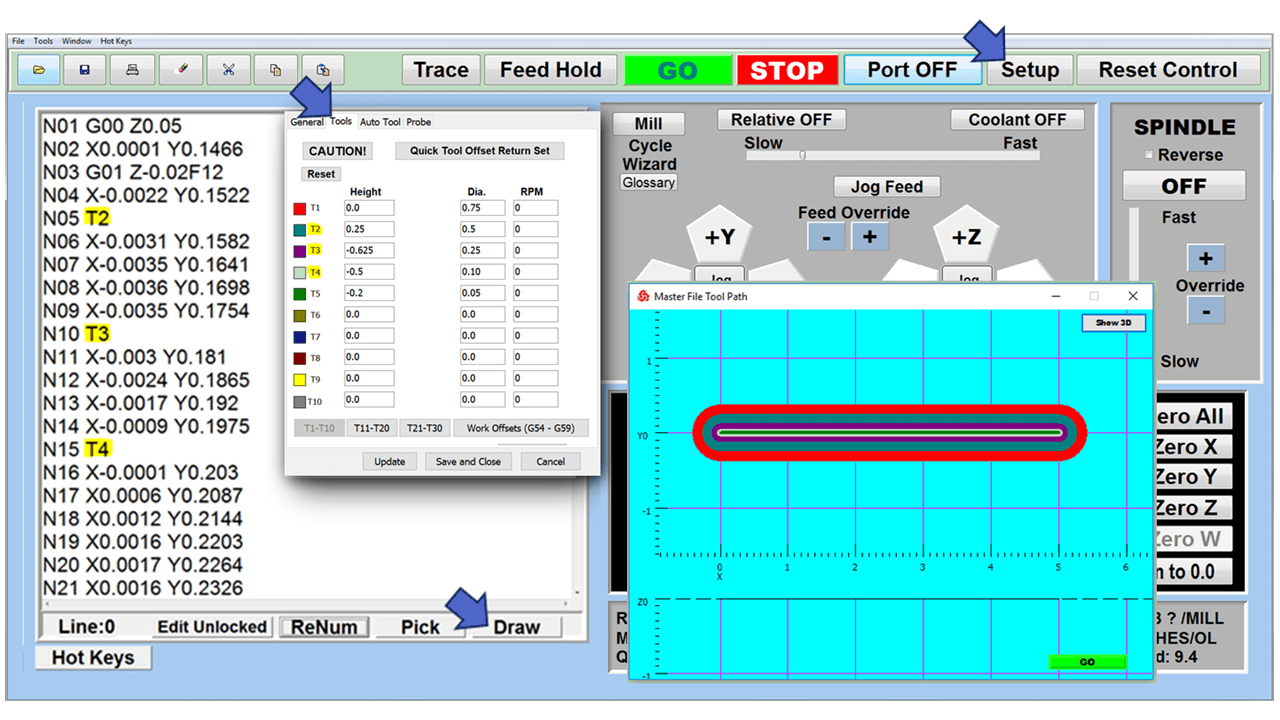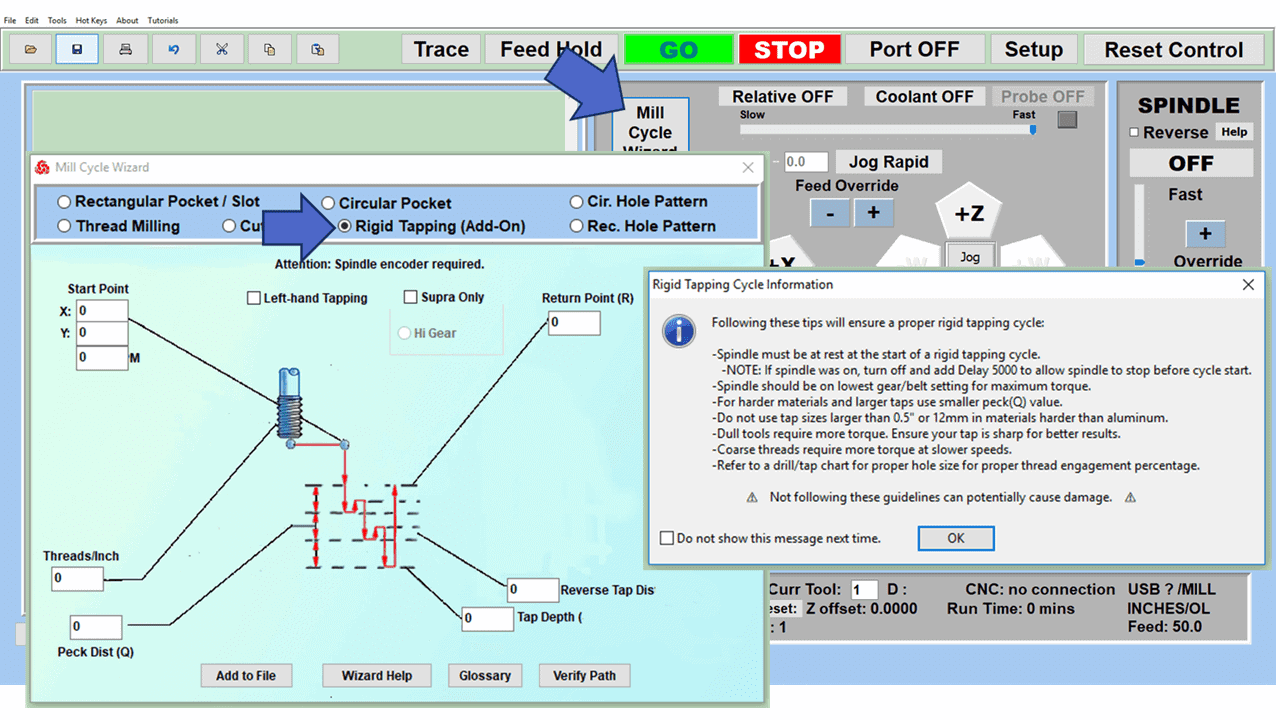When working with old wood, it’s often necessary to repair damages such as large holes resulting from rot or poor craftsmanship. Whether you’re diving into a detailed tutorial on advanced woodworking or simply tackling the neverending home improvement list, understanding wood filling is essential. Here are nine commonly used methods to help any DIY-er fill voids and large holes in various types of wood.
Wood Putty
Understanding the wood grain and types of wood you’re working with can influence your choice of wood filling methods. Wood putty is a compound designed for repairing holes in wood. It’s available both pre-made and as a powder that you mix with water. Its color closely resembles wood, making it ideal for blending in holes when the wood grain remains visible, like on wooden furniture.
Although there’s a tutorial on creating your own wood putty using drywall compound and fine sanding dust, many opt for off-the-shelf wood filler putty. While wood putty isn’t the only option for wood filling, it’s among the most popular for filling voids, especially small ones like screw holes in visible locations.
How to Use Wood Putty:
- Clean the hole of debris. For deep holes, deepen them slightly using a chisel to ensure the putty fills them entirely.
- Follow the package instructions to mix the wood putty. If it’s in powder form, add water until achieving a thick paste consistency.
- Use a putty knife to fill the hole, applying light pressure in a back-and-forth motion.
- Smooth the putty’s surface with the knife, removing any excess.
- Allow the putty to dry, typically around 24 hours.
- Sand the dried putty with fine-grit sandpaper or an electric sander until smooth. Finish with stain or other products as necessary.
Two-Part Epoxy Resin Products
Epoxy is versatile for filling wood holes, with the best method depending on the hole’s size and shape. Epoxy adheres to wood’s pores and fibers similarly to dyes or varnishes. Most hardware stores carry two-part epoxy kits, which include a hardener to mix with the resin, resulting in a durable, waterproof filler.
For small holes, a putty knife or epoxy ball suffices. For larger holes, consider mixing in sawdust or wood shavings to form a paste. Once the epoxy dries, sand it flush with the wood’s surface. Then, paint or varnish as needed.
Epoxy can also be mixed with sawdust for larger or deeper holes. While epoxy requires some skill, it’s perfect for extensive damage or severely rotted wood.
Shellac Sticks (Burn-In Sticks)
Shellac sticks, also known as burn-in sticks, are solid sticks of colored shellac that can be used to fill small imperfections in wood, including holes, dents, and scratches. They come in various colors to match different types of wood and their respective wood grain.
How to Use Shellac Sticks:
- Clean the hole to ensure it’s free of debris and dust.
- Heat a burn-in knife (or a regular knife if you don’t have one) using a propane torch or alcohol lamp.
- Touch the heated knife to the shellac stick to melt a small amount.
- Drip the melted shellac into the hole, slightly overfilling it.
- Allow the shellac to cool and harden.
- Use a scraper or razor blade to carefully remove the excess, making it flush with the wood surface.
- Buff the area with fine steel wool or sandpaper to blend it in.
- Finish with a coat of wax or polish to enhance the shine and match the surrounding area.
Wood Glue with Toothpicks
For those who prefer a quick tutorial on using common household items for wood filling, wood glue combined with toothpicks can be an effective solution.
How to use Wood Glue and Toothpicks:
- Clean the hole, removing debris or loose wood.
- Drip wood glue into the hole until nearly full.
- Insert toothpicks until the hole is filled.
- Allow the glue to dry, ranging from an hour to 24 hours.
- Sand the dried area until it’s flush with the surrounding wood.
Wax Candle
In a pinch, a candle can be substituted as a wood filler. This method is especially useful when trying to match the wood grain of antique pieces.
- Trim the candle wick to about 1/4 inch for precision.
- Melt the candle’s end slightly.
- Drip the wax into the hole, allowing each layer to cool before adding more.
- Buff and sand the surface, then stain as desired.
Wood Plugs + Wood Dowels
For a tutorial on advanced wood-filling techniques, using wood plugs or dowels can be a great start. These small pieces of wood are designed to fill holes in other wood pieces, making them ideal for various types of wood.
To use a wood plug:
- Determine the hole’s size to select the appropriate plug.
- Cut a square or rectangle around the hole using a chisel or knife.
- Ensure the plug’s depth is slightly less than the hole’s. Adjust as necessary.
- Hammer the plug into the hole. If using a screw, drill a hole in the plug’s center.
- Optionally, apply wood glue before inserting the plug.
- Finish your project, painting or staining over the plugs.
Sawdust/Glue
For DIY-ers looking for a simple solution to make homemade wood fillers, combining sawdust and wood glue can be a simple and effective method.
- Collect fine sawdust from the wood you’re working on. You can get this from sanding the wood or from a saw.
- Mix the sawdust with a clear or wood-colored carpenter’s glue in a small container until you achieve a thick, putty-like consistency
- Press the mixture into the hole using a putty knife or your finger.
- Overfill the hole slightly to account for shrinkage as the filler dries.
- Allow the mixture to dry thoroughly. This can take several hours to a day, depending on the size of the hole and the amount of filler used.
- Sand the dried filler flush with the wood surface.
- Finish with paint, stain, or sealant as desired.
Bondo Polyester Resin Wood Filler
Polyester resin is a type of thermosetting plastic that can be used as a wood filler. It’s often used in marine applications because of its water-resistant properties. When combined with a hardener, it forms a solid, durable fill that can be sanded, painted, or stained and is considered one of the best wood fillers on the market.
How to Use Wood Filler:
- Preparation: Clean the hole or damaged area to ensure it’s free from dust, debris, and loose wood particles.
- Mixing: In a disposable container, mix the polyester resin with the hardener according to the manufacturer’s instructions. It’s essential to get the proportions right for the resin to cure correctly.
- Filling: Using a putty knife or spatula, apply the mixed resin into the hole. Ensure you press the mixture into the hole to avoid any air pockets. Overfill slightly to account for any shrinkage upon drying.
- Drying: Allow the resin to cure as per the manufacturer’s recommended time. This can vary but usually takes several hours.
- Finishing: Once the resin has fully cured, sand the area until it’s flush with the surrounding wood. You can then paint, stain, or varnish over the filled area to match the rest of the wood.
Caulk
Caulk, especially paintable acrylic or latex caulk, can be used to fill small to medium-sized holes in wood, especially in trim or areas that won’t be subjected to heavy wear.
How to Use Caulk to Fill Wood Holes:
- Preparation: Clean the hole or damaged area to ensure it’s free from dust, debris, and loose wood particles.
- Application: Cut the tip of the caulk tube at an angle. Using a caulk gun, squeeze the caulk into the hole. Make sure to press the caulk into the hole to avoid air pockets. Overfill slightly as caulk can shrink as it dries.
- Smoothing: Wet your finger or a caulk smoothing tool and smooth out the caulk to make it flush with the wood surface.
- Drying: Allow the caulk to dry thoroughly. This can vary depending on the type and brand of caulk but usually takes several hours to a day.
- Finishing: Once dried, the caulk can be sanded lightly if needed. If the caulk is paintable, you can paint over it to match the rest of the wood.
Caulk is flexible, making it a good choice for areas that might experience some movement or temperature fluctuations. We recommend a water-based paintable acrylic or latex caulk.
Additional Tips on How to Fill Holes In Wood
- Work on a flat surface for even application.
- If possible, work in a climate-controlled space to ensure proper drying.
- Allow ample drying time, especially for larger holes.
- Sometimes, wood is too rotted to repair. Consider replacing it.
- Properly prepare your workspace, ensuring cleanliness and having all necessary materials on hand.
- For larger holes, ensure you have enough filler material. Two-part epoxy kits are ideal.
- For smaller holes, wood glue, paste, or putty is sufficient. Use wood plugs for precision repairs on delicate items.
- After repairs, additional paint or stain coats may be necessary for a seamless finish.
- Always let the filler dry completely before painting or using the wood.
No matter which method you choose to use, make sure to let the material dry completely before you start painting or using the wood again. Otherwise, the paint or finish may not adhere properly.



